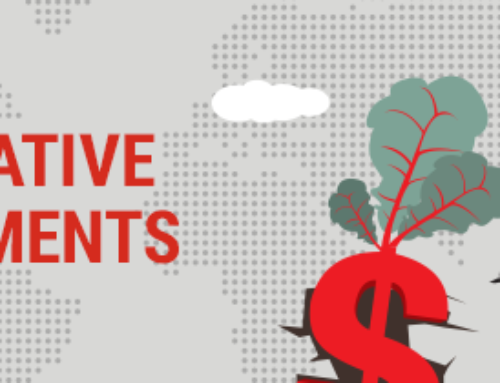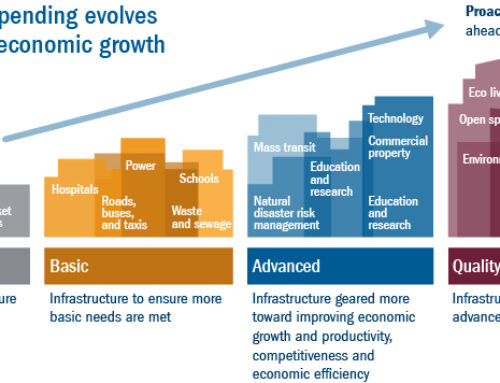
The debt market is much larger than equity. Govt, many Non-listed companies, Govt institutions like Fannie Mae, Freddie Mac, Gunnie Mae or Departments of govt, World bank, and even Individuals can issue Debt securities. The global debt market is valued at trillion dollars, and Govts are one large force. Govt debt plays an important role. It raises funds for Government. Plays the role of RFR and acts as an indicator for one type of risk – Credit risk.
When you lend money to Someone, so many things are at stake. First, it would help if you made at least equal to inflation. You need to lend Someone who will repay your money. Is the borrower one well-known company? In that case, it is less risky. Will you be lending to Vijay Mallya? Don’t you think that there is a cost of the fund?
You cant say that Someone will become Vijay Mallya. There was a time when no one thought that he would make such an act? Forget about it—JP associate. Once the company was holding assets worth $15 Bn +, OK, you don’t know them as they are from India. Lehman Brothers? AIG? So, how do we handle such types of risks?
Derivatives are one answer and the reason behind the 2008 crisis. In this post, I am going to write about them.

There are two types of These derivatives. Funded and unfunded.
As credit Default swaps are Non-funded, we will see them first.
An unfunded credit derivative is one where credit protection is bought and sold between bilateral counterparties without the protection seller having to put up money upfront or at any given time during the life of the deal unless an event of default occurs.
In simple, Two parties will enter into a contract, but the Seller will not set up money for this, partly like insurance.
So what are they?
- Credit Default swap: Investopedia explains it much better.
A credit default swap is a particular type of Financial Contract designed to transfer the credit exposure of fixed income products between two or more parties.
Simple thing. So why did It go wrong? Well many reasons. Financial Engineering went haywire and made one demon out of one protective Financial Contract. In 2007, many big financial Institutions started considering them as a source of income. There was one market for especially credit default swaps. The main market participants are banks, hedge funds, insurance companies, pension funds, and other corporates. But they forget that when you sell swap it also means that you PROMISED to pay another party if the default occurs. Financial Engineering made some Byproducts on this contract like
- Total return swap: One party makes payments based on a set rate, either fixed or variable, while the other party makes payments based on the return of an underlying asset, which includes both the income it generates and any capital gains.
- Constant maturity Credit default swap,
- First to Default Credit Default Swap
- Portfolio Credit Default Swap,
- Secured Loan Credit Default Swap ( why are they there? Isn’t their existence telling us that the financial system during that time was heavily risky? Financial Engineering forgets what it means, or they fail to use google. It was always there )
- Credit Default Swap on Asset-Backed Securities,
- Credit default swaption
- Credit Default Swap index products
- Recovery lock transaction: A modification of the standard credit default swap (CDS) used for recovery rate trading. If there is a credit event, the Lock seller delivers a Deliverable Obligation to the Lock buyer. The Lock buyer pays the Seller a fixed recovery amount specified in the contract or the Reference Price. This differs from the vanilla CDS contract, where par is paid for the bond.
- Credit Spread Option: One real Traditional Credit derivative. Simple. Assume you are getting 2.9% as RFR ( which is a yield of the treasury of the US govt—at the same time, writing this and acting as the risk-free rate.
An options strategy that involves a purchase of one option and a sale of another option in the same class and expiration but different strike prices. It is designed to make a profit when the spreads between the two options narrows.
So what are Funded Derivatives?
A credit derivative in which the investor, the credit protection seller ( the one who bears the risk ), makes an upfront payment to the credit protection buyer when the latter buys the protection instrument. In effect, the protection seller makes the credit insurance payment upfront and must secure the cash (funds) needed at the beginning of the transaction. It reduces the risk of the Buyer of the derivative.
Most of them are very simple to understand.
Examples are credit-linked notes, (Synthetic product ) Collateralised debt obligation, Constant proportion debt obligation, and Synthetic constant proportion portfolio insurance.
- Credit-linked notes (CLNs): structured notes in which a credit derivative such as a CDS is embedded. The purchase of a CLN bears the credit risk of the reference credit and an underlying collateral (some high-quality asset). In practice, a special purpose vehicle issues a CLN based on a reference entity’s credit risk. If the entity defaults, the note will no more be redeemable at par (100% of value), but the holders will receive below par percentage such as 70%.
- Collateralized debt obligations (CDOs): a structured product in which an SPV issues bonds/ notes against the cash flows of an underlying pool of assets (bonds, loans, etc.).
- Constant proportion debt obligations (CPDOs): a variant of constant proportion portfolio insurance (CPPI) that only provides leveraged exposure to credit portfolios (without principal protection). A CPDO pays a fixed coupon with no upside potential and rebalances the portfolio between risky credit assets and safe assets.



